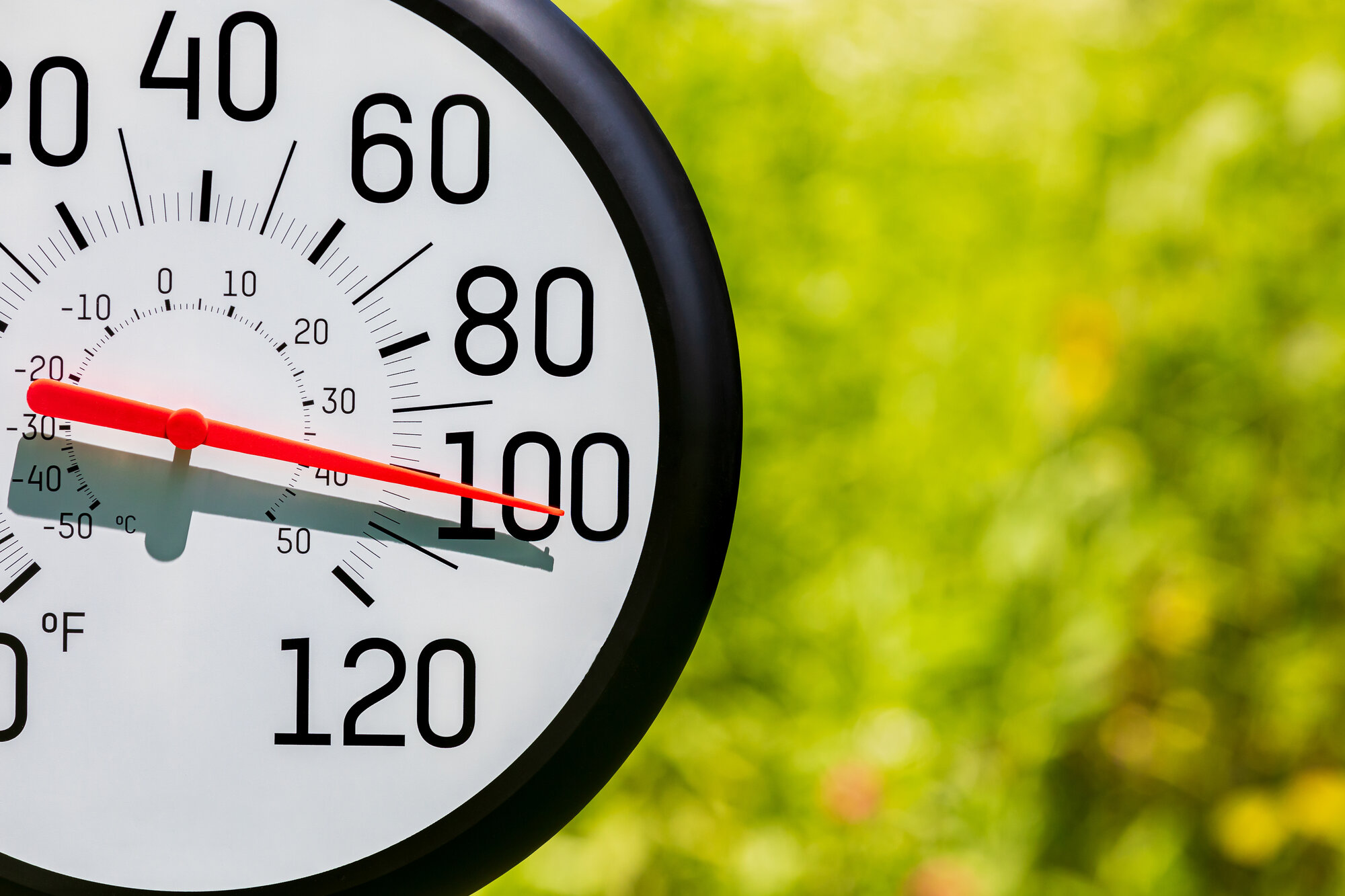U.S. Department of Energy provides tips on keeping your home cooler
When it is hot outside and you are trying to keep your home cool, here are some things you can do that are free and some others that are simple and inexpensive.
Operate Thermostat Efficiently
- Set your thermostat at a temperature you find comfortable and that provides humidity control, if needed. The smaller the difference between the indoor and outdoor temperatures, the lower your overall cooling bill will be.
- Keep your house warmer than normal when you are away, and lower the thermostat setting when you return home and need cooling. A programmable thermostat allows you to do this automatically and without sacrificing comfort. Visit www.energy.gov/energysaver/programmable-thermostats.
- Avoid setting your thermostat at a colder setting than normal when you first turn on your air conditioner. It will not cool your home any faster and could result in excessive cooling and unnecessary expense.
Fans and Ventilation Strategies
- Turn off ceiling fans when you leave the room. Remember that fans cool people, not rooms, by creating a wind chill effect.
- Circulating fans including ceiling fans, table fans, floor fans and fans mounted to poles or walls create a wind chill effect that will make you more comfortable in your home, even if it's also cooled by natural ventilation or air conditioning.
- When you shower or take a bath, use the bathroom fan to remove heat and humidity from your home. Your laundry room might also benefit from spot ventilation. Find ENERGY STAR ventilating fans at www.energystar.gov/products/ventilation_fans.
Keep Cooling System Running Efficiently
- For maximum energy affordability, schedule regular maintenance for your cooling equipment.
- Avoid placing lamps or TV sets near your room air-conditioning thermostat. The thermostat senses heat from these appliances, which can cause the air conditioner to run longer than necessary.
- Learn additional tips for operating a room air conditioner efficiently at www.energy.gov/energysaver/room-air-conditioners.
- Vacuum your air intake vents regularly to remove any dust buildup. Ensure that furniture and other objects are not blocking the airflow through your registers.
Use your windows to keep out heat
- Install window coverings to prevent heat gain through your windows during the day. Visit www.energy.gov/energysaver/energy-efficient-window-coverings.
Keep hot air out
- Seal cracks and openings to prevent warm air from leaking into your home. Visit www.energy.gov/energysaver/air-sealing-your-home.
- Add caulk or weatherstripping to seal air leaks around doors and windows. Find how to select and apply the appropriate caulk at www.energy.gov/energysaver/caulking. Learn how to select and apply weatherstripping at www.energy.gov/energysaver/weatherstripping.
Find other ways to improve the energy efficiency of your windows at www.energy.gov/energysaver/update-or-replace-windows.
More Articles to Read

